
When the drumbeats of the Korean War thundered in June 1950, America’s steel titans—the Iowa-class battleships—awoke from their post-WWII slumber.
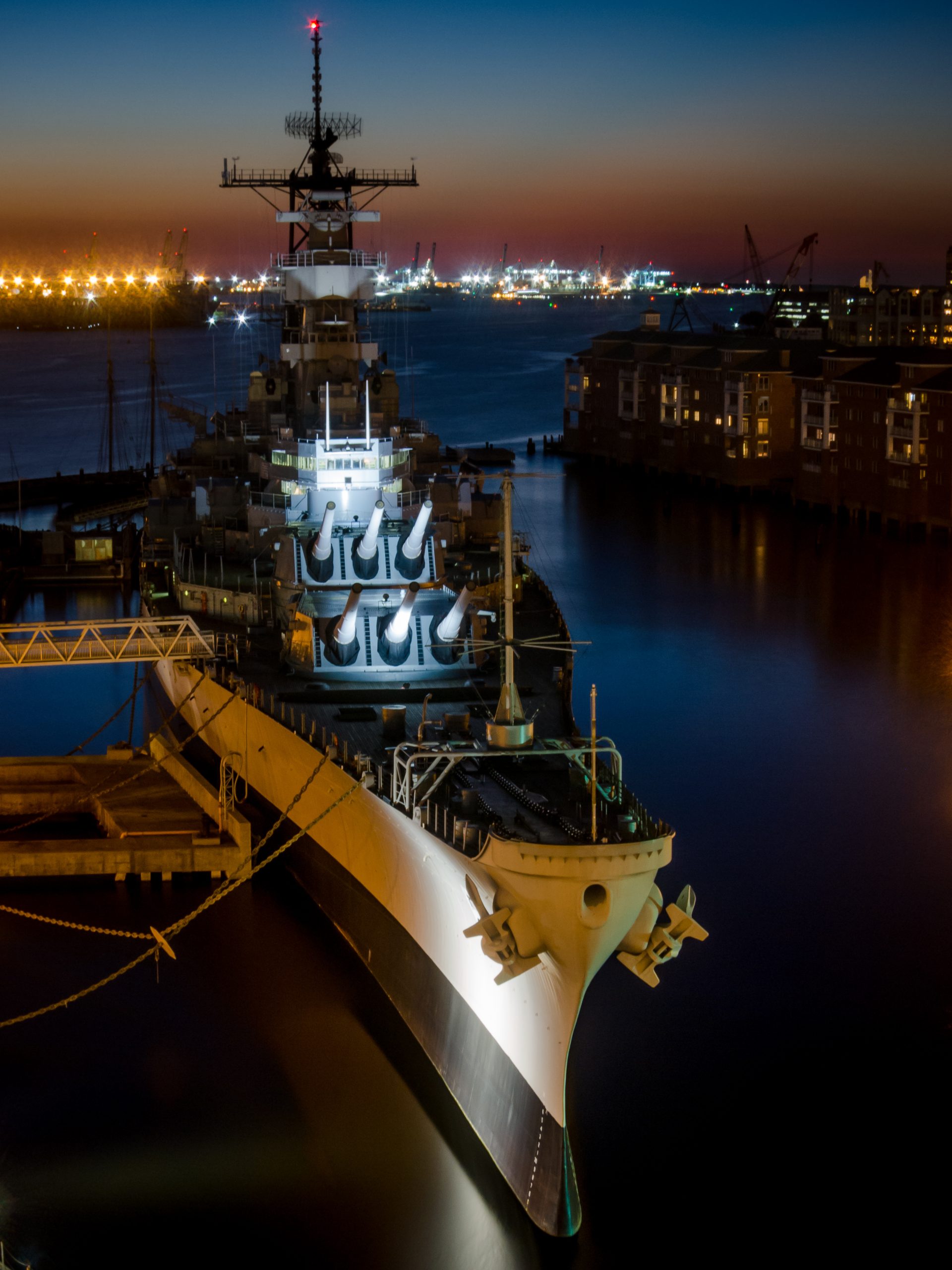
The deployment of USS Missouri alongside her sister ships Iowa, New Jersey, and Wisconsin marked a resurgence of naval firepower, with their 16-inch guns dictating the war’s coastal engagements.

The Iowa-class battleships, known for their formidable firepower and substantial size, played a crucial role in supporting UN forces by providing extensive shore bombardments against North Korean positions.

The decision to activate these leviathans of the sea came amid the North Korean offensive’s ferocity, which caught many, including the U.S. Navy, off guard.
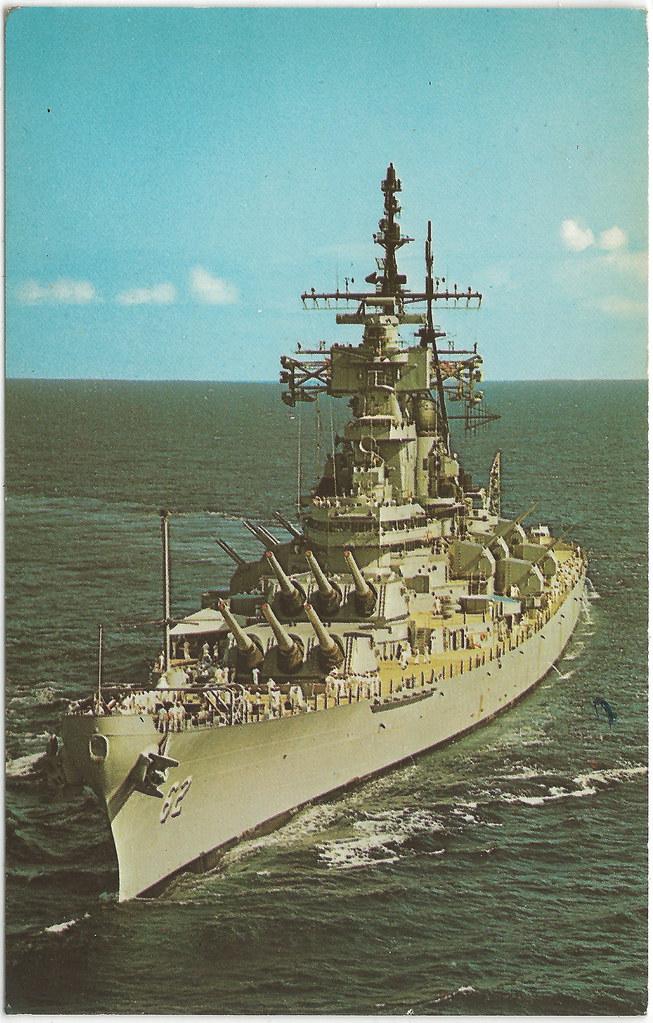
The USS Missouri, the only operational battleship since the Second World War, arrived in Korean waters on September 19, 1950, and commenced a grueling series of coastal bombardments.

Joining Missouri in battle were the recommissioned Iowa, New Jersey, and Wisconsin.

Their tours of duty included critical bombardments ranging up to twenty miles inland, targeting cave systems, artillery positions, and vital logistical centers like railways and industrial parks.
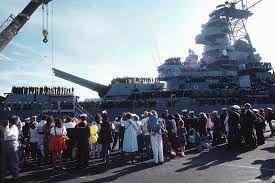
The USS New Jersey, for example, performed her first shore bombardment in May 1951, with subsequent tours that demonstrated their might until the war’s cessation.
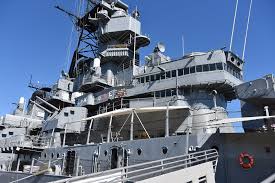
The impact of these bombardments on enemy logistics and morale was undeniable, yet their overall effectiveness was often challenged by enemy adaptation and the comparable capabilities of smaller heavy cruisers.
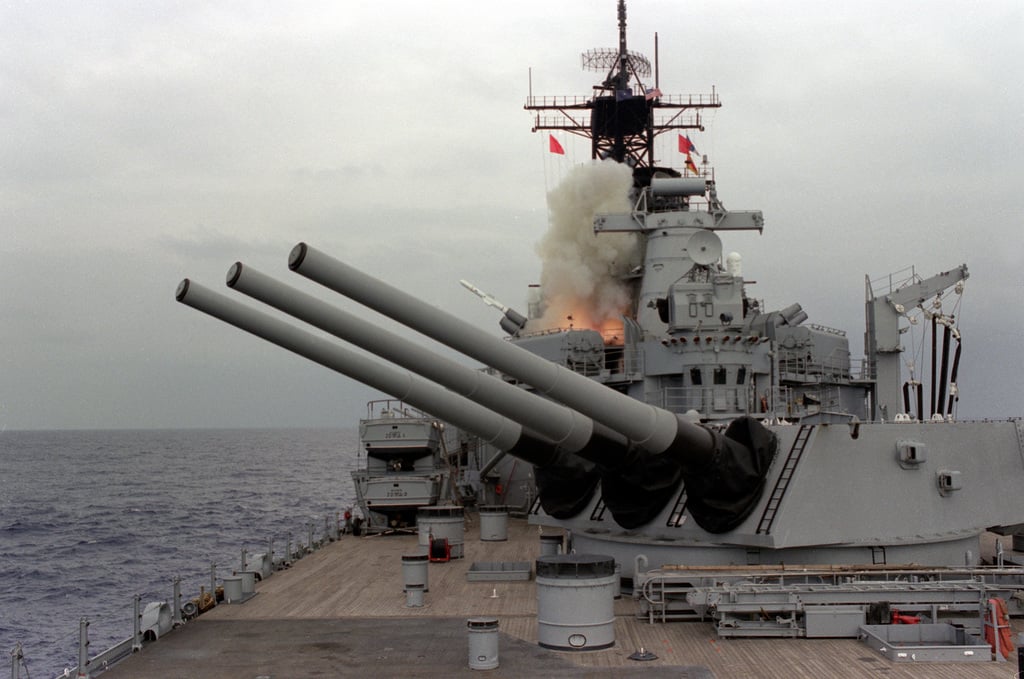
Despite their effectiveness, the operational costs, primarily due to large crew requirements, led to their eventual decommissioning post-war.

Nevertheless, the presence of the Iowa-class at war had a lasting psychological impact on both UN and Communist forces.

It also shaped future North Korean and naval strategies, prompting a focus on coastal defenses to counteract similar threats.

Their legacy persisted into the Vietnam War and the Gulf War, where the Iowas, particularly the USS New Jersey, were reactivated and modernized, sporting even Tomahawk land attack cruise missiles.

However, by the early 1990s, the era of the Iowa-class battleships drew to a final close, with some later serving as floating museums.

The Iowa was the largest and heaviest battleship ever built by the U.S. Navy. With a displacement of 57,000 tons under full combat load, and a length of almost 900 feet, each warship was impressive. But it was their arsenal that made these ships stand out.
Relevant articles:
– Why the Navy Sent 4 Iowa-Class Battleships To Attack North Korea, The National Interest
– The U.S. Navy Sent a Fleet of Iowa-Class Battleships to Strike North Korea, nationalinterest.org
– Why the Navy Sent 4 Iowa-Class Battleships To Attack North Korea, The National Interest
– USS Missouri (en), Battleship Missouri Memorial

